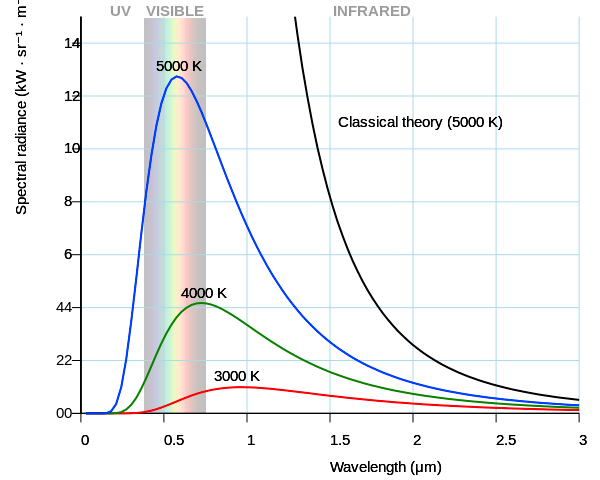

Ahh, haven’t seen this in a long time.
Though you kinda have to give to her, that her initial guesstimate was 58 minutes. That’s just 3.3% error, not bad considering the ridiculous way she arrived at that number. Maybe she’s really good at estimates but can’t do any precise math. She might even be an engineer.






Wait, that’s a photo? I thought it was a stylized rendering at first. The colors are almost vaporwave.